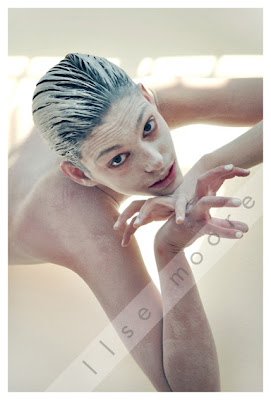We're starting off with some basics, but will soon start looking at more specific aspects of photography. For now, here are a few basic things to remember when shooting landscapes as discussed in August.
Kenosis Photo Club - 25 August 2010
Shooting a landscape
A few tips:
1. Look for a subject, something that brings visual interest to your photograph,
for example: Road, tree(s), vehicle, fence, person, rocks, dam etc.
2. Wait for the Golden hours: sunrise & sunset.
3. Find unusual angles, do not use the tourist spots if you want photographs that stand out. This usually means hiking up further or driving up higher than everyone else.
4. For tack sharp images ALWAYS use a tripod and set your camera timer release or use a remote in order to avoid any camera shake, especially in shutter priority mode.
5. Don't know where to focus? Focus approximately 1:3 into your image for the most amount of subject in focus.
6. Remember to use the rule of thirds to achieve a harmonious composition.
7. Use a polarizer for richer images and to control reflections, colour quality is crucial.
8. When shooting running water, try a slower shutter speed to achieve that silky smooth look (always use a tripod).
9. Keep a look out for unsightly or distracting elements like poles, garbage or cars.
10. Knowing the rules allows you to break the rules!








.jpg)
